Description
Backcrossed to Marans Olive Eggers
Crosshatch Farm backcrossed olives offer deepened olive egg colors ranging from rich olive to bark pigmentation. Backcrossing is a strategy that condenses traits in one genetic line of birds. You are backcrossing an olive egger if you place a daughter hen back under her actual father, or a mother hen under her actual son. You are not backcrossing if you take any bird and place it under another genetically-unrelated bird, even if you know the olive egger was made from (unrelated) Marans. Why? Because the latter is a first generation outcross, a new pairing that mixes the genetics of two separate lines. Outcrosses are gambles, you’ve poured two soups into one big pot and all the flavors will be competing. You may get lucky and see the features of both lines have mixed in a dynamic way towards what you aimed for (a good stew, a dark egg), or you may get unlucky and realize you’ve undone the work of the breeders before you and are starting from square one again (a mush pot of indistinct flavors resulting in basic brown).
Backcrossing condenses or strengthens the traits you are selecting for— in our case dark pigment deposit. Repeatedly backcrossed under our ‘purple copper’ Black Copper Marans backcrosses olives tend to lay darker olives to bark colors and sometimes results in speckled eggs and heavy bloom eggs that look gray. You can also get brown eggs with backcrosses. Eventually, backcrossing results in a loss of the blue egg shell gene under all that pigment. When your female offspring looses both copies of the gene that makes the egg shell blue, you’ll get lots of dark pigment on top of a white egg shell— shades of bark, pinecone, coffee— with much depending upon the undertone of your Marans pigment. At this point you can take your dark olive egger or coffee-bark layer and put them under a blue egg shell parentage. Theoretically, if your blue egg shell male is homozygous and carries two copies of the blue egg shell gene (as a good line of Ameraucana should!), this will regenerate the blue egg shell underneath the pigment in your next generation, ensuring an olive egg.
Backcrossed olive egger chicks can look very similar to their pure-bred Black Copper Marans lineage, especially by their third or fourth iteration, so you’ll want to be careful to not mix them up. Plumage is often predominately black with copper features— copper necks to full copper pencilling across the breast. Often they are all black, occasionally they can be blue-based, with blue bodies and copper features. Birds displaying muffs and beards show their Ameraucana lineage. Birds displaying crests show their Legbar heritage. Some of our backcrossed olive eggers will have both!
Backcross notation shows how many generations of backcrossing under Marans a hen comes from. This listing is for a half dozen (plus 1) of BC3 and BC4 olive egger eggs. Eggs provided will be from hens that are a BC2 (their breeding is from two generations back under Marans, and their eggs will hatch BC3 offspring) and BC3 (a hen resulting from 3 backcrosses hatching BC4 offspring).
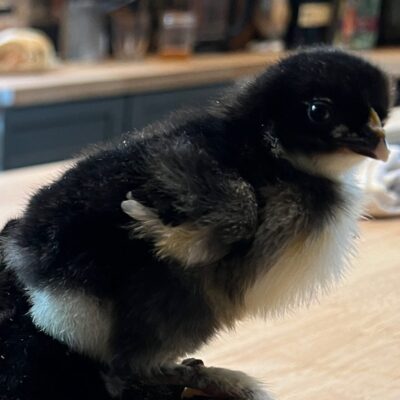
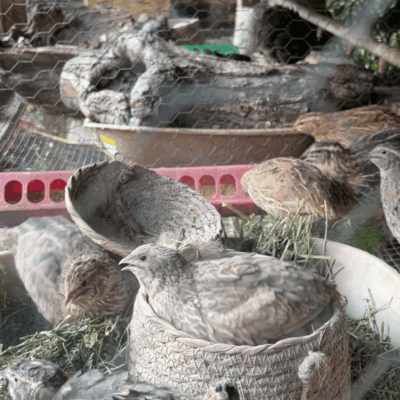
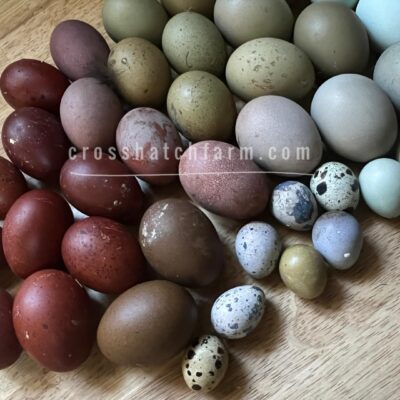

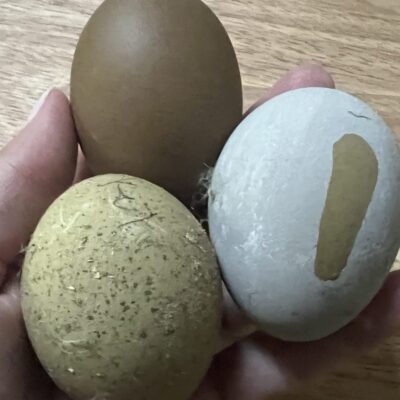
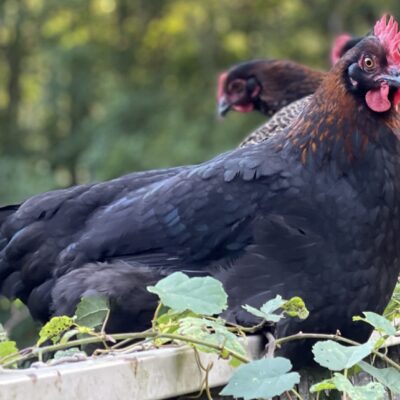
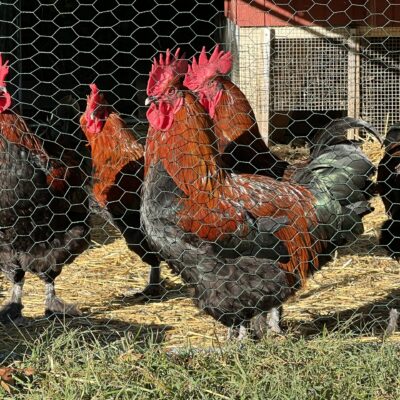
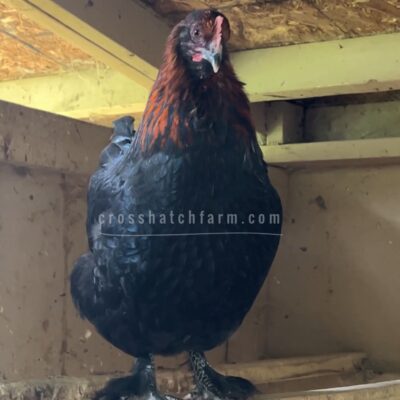
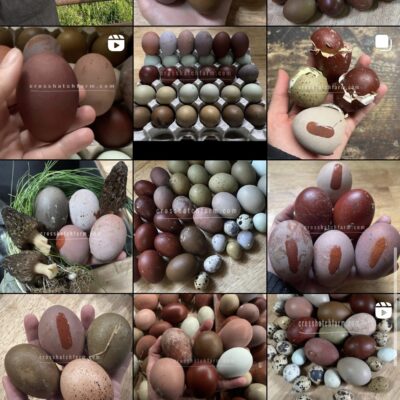
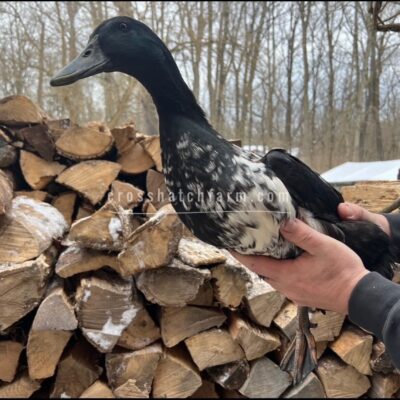
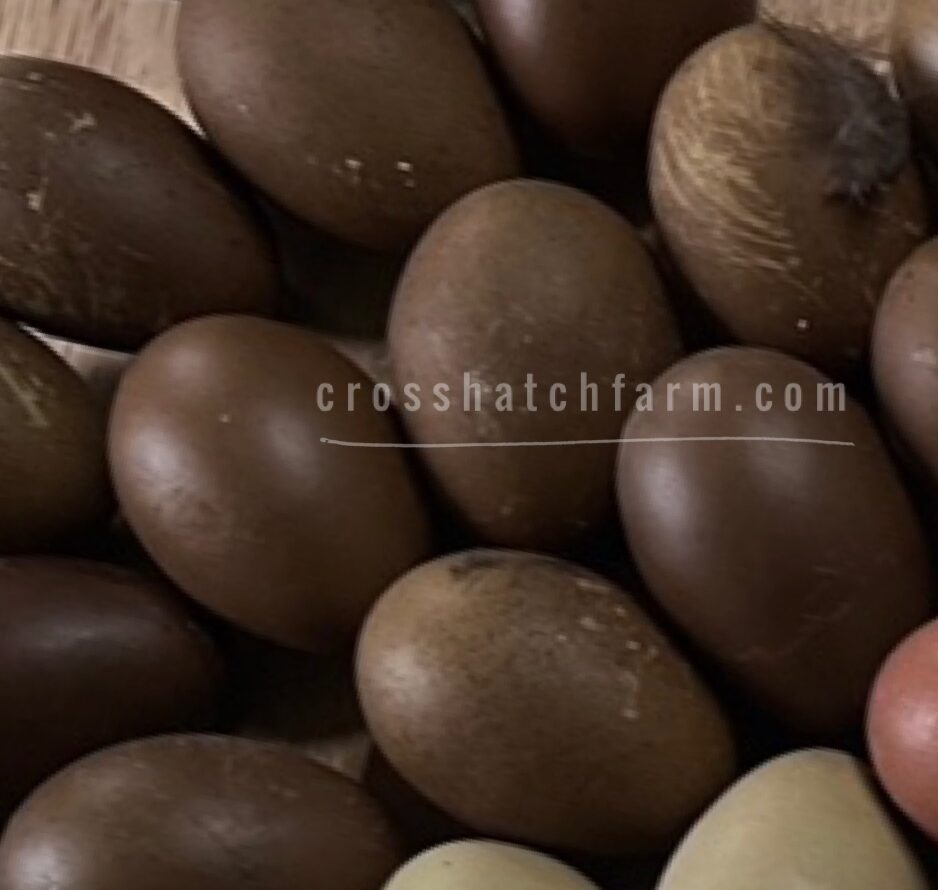

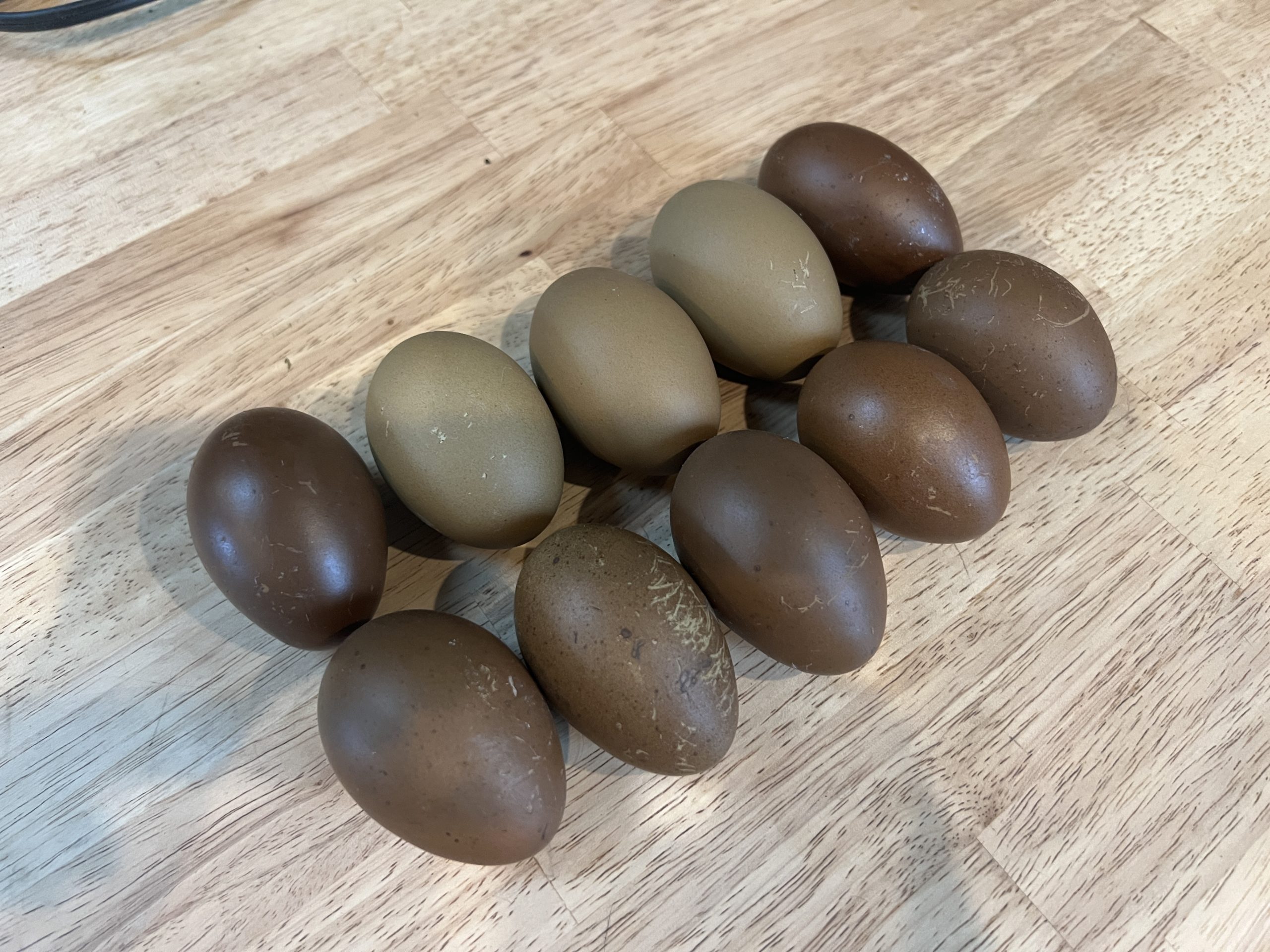
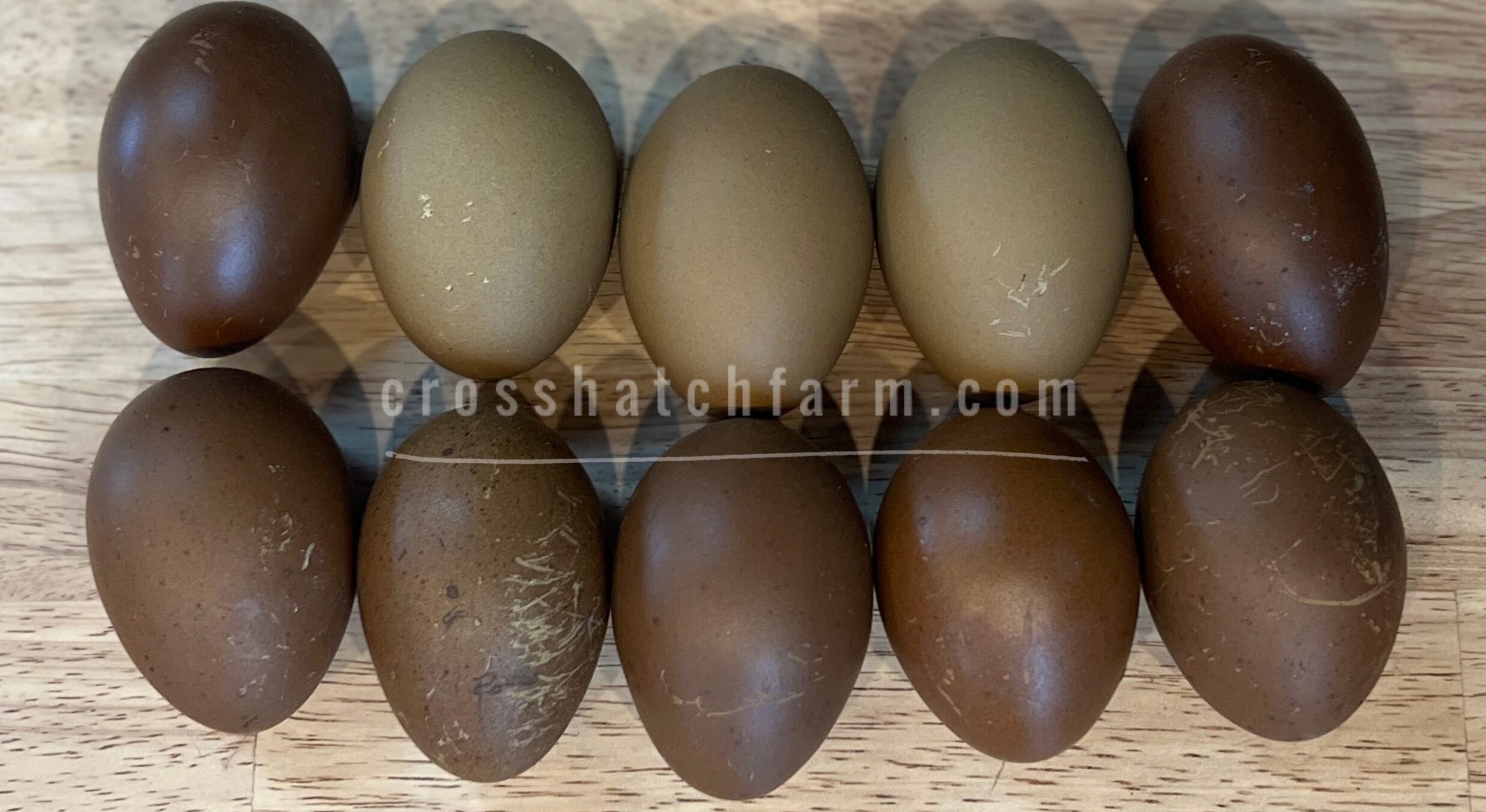

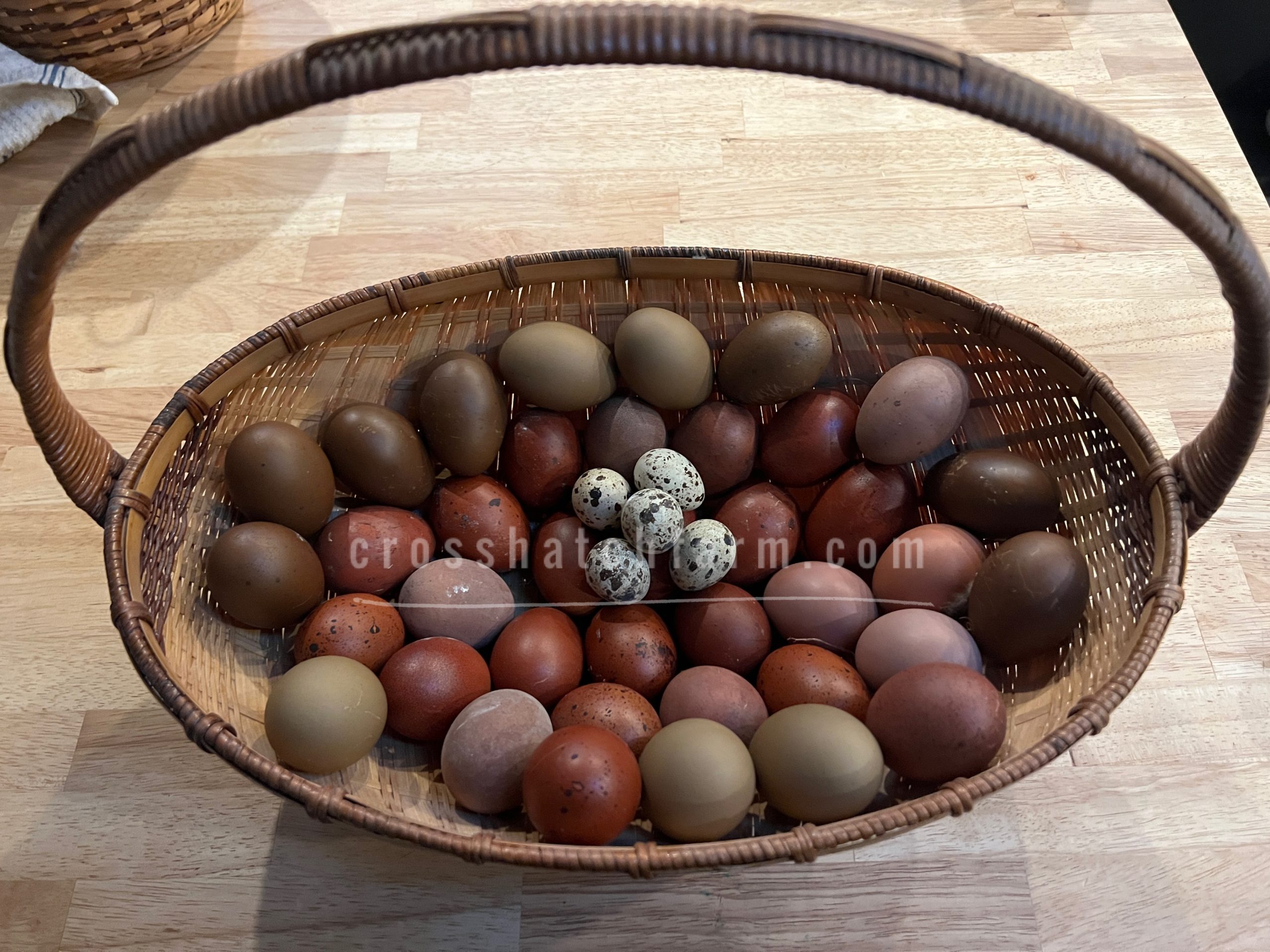




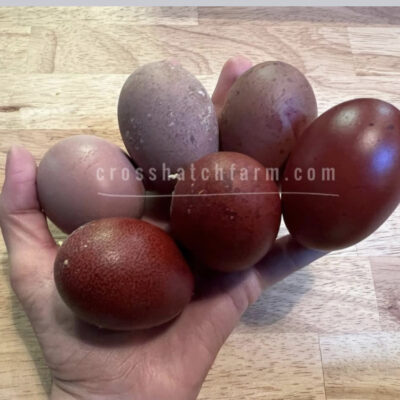
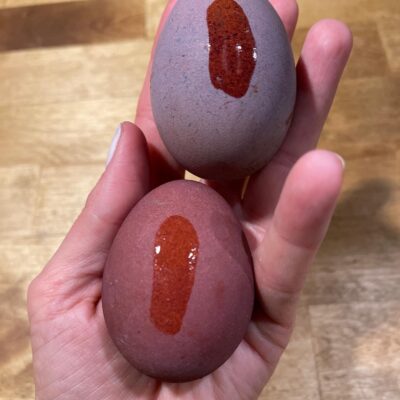

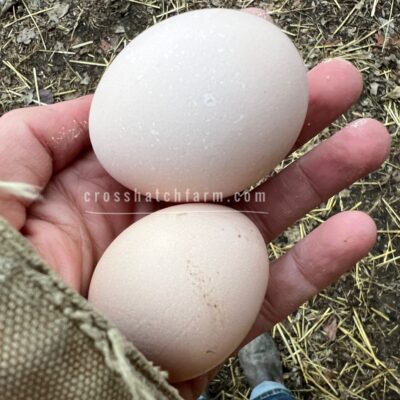

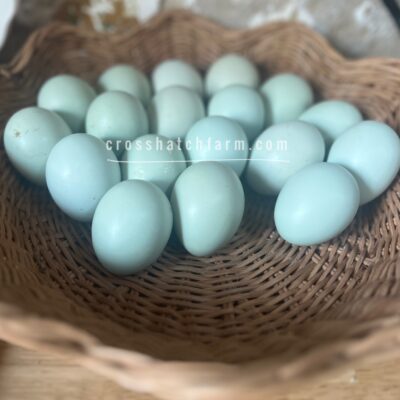
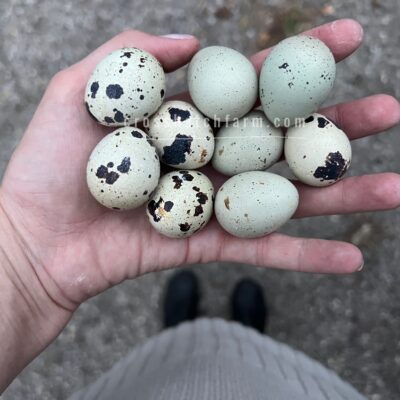
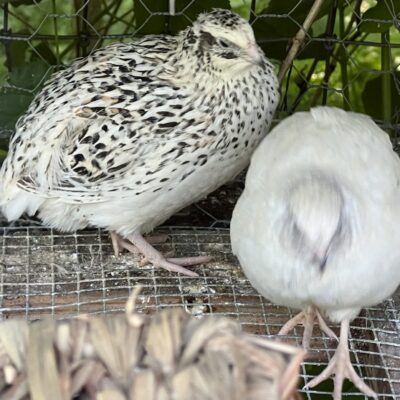
Reviews
There are no reviews yet.